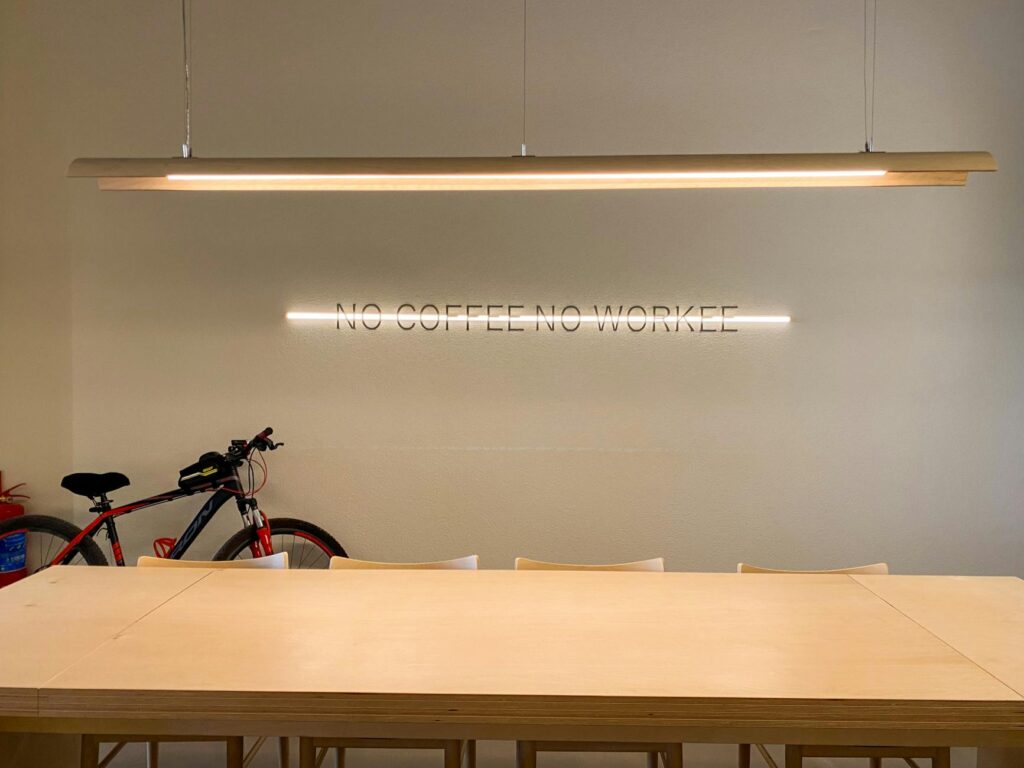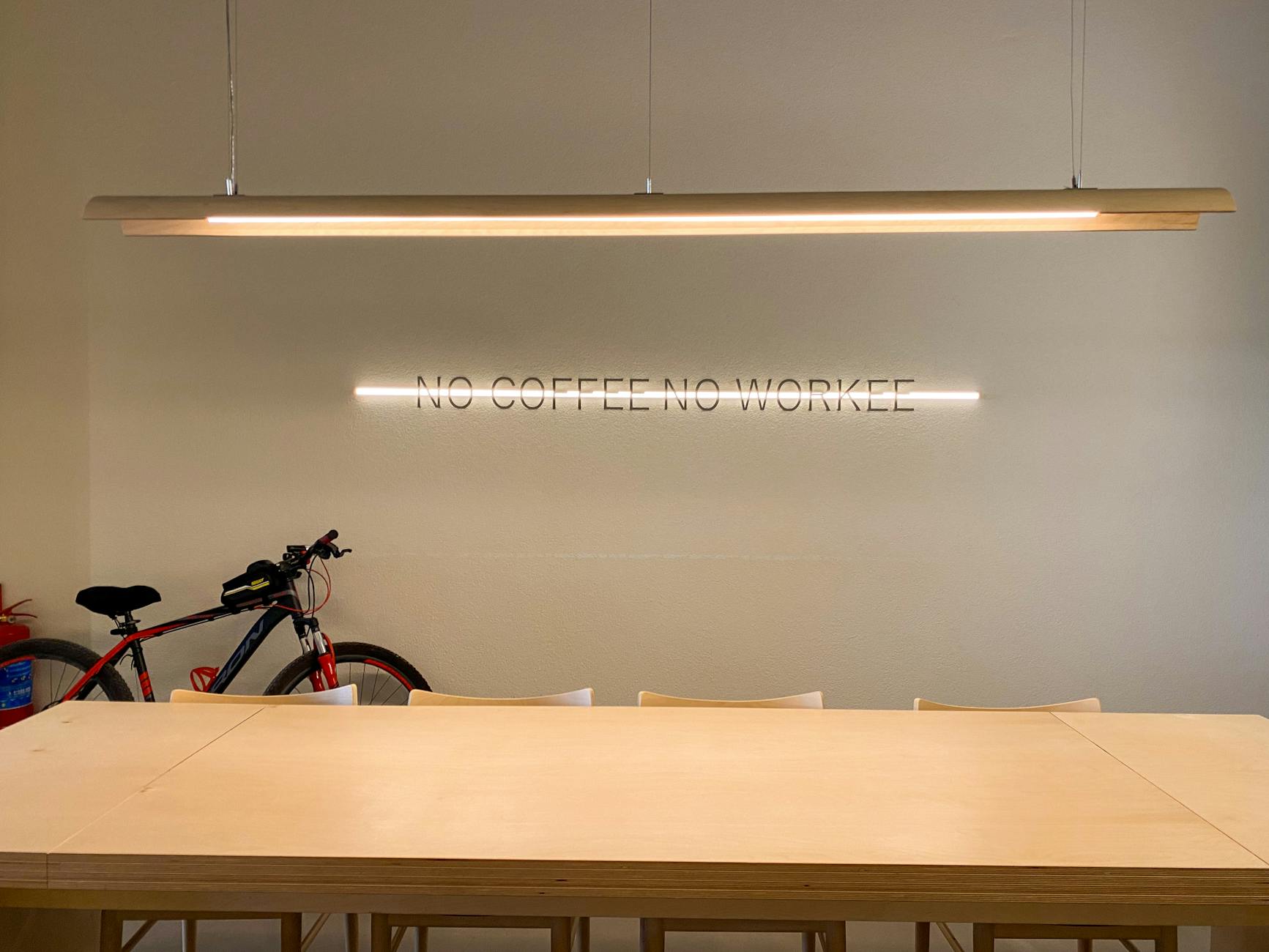What is meeting productivity?

What is meeting productivity?
In today’s fast-paced work environment, the term “meeting productivity” has become crucial. It refers to how effective meetings are in achieving their goals and making the best use of everyone’s time. With professionals often juggling multiple responsibilities, understanding how to enhance meeting productivity can significantly improve overall work efficiency. After all, time is one of our most precious resources, and wasting it in unproductive meetings can lead to frustration and burnout.
Defining Meeting Productivity
Meeting productivity encompasses various aspects that contribute to successful meetings. At its core, it is about ensuring that meetings achieve their intended objectives while maximizing participant engagement and minimizing time wasted. This means not only having a clear agenda but also ensuring that every participant understands their role and the meeting’s purpose.
Key Components of Meeting Productivity
Several essential elements form the foundation of meeting productivity:
- Agenda Setting: A well-structured agenda provides a clear roadmap for the meeting. It outlines topics to be discussed, allocated time per topic, and the desired outcomes.
- Time Management: Effective use of time during meetings is critical. This includes punctuality, sticking to the agenda, and allowing sufficient time for discussion without overrunning.
- Participant Engagement: Encouraging active participation from all attendees fosters a sense of ownership and accountability, leading to more productive discussions.
Measuring Meeting Productivity
To truly understand the effectiveness of meetings, it’s vital to measure their productivity. This can be done through:
- Feedback Mechanisms: Collecting feedback from participants post-meeting can provide insights into what worked well and what could be improved.
- Outcome Evaluations: Analyzing whether the meeting achieved its goals and produced actionable results can help gauge productivity levels.
Strategies to Enhance Meeting Productivity
Improving meeting productivity requires a strategic approach. Here are some actionable techniques to consider:
Effective Agenda Creation
Creating a focused agenda is the cornerstone of productive meetings. Start by identifying the key points for discussion. Each item should have a purpose, whether it’s to make a decision, brainstorm ideas, or provide updates. Consider using tools like Skillcast’s best practices for productive meetings to refine your agenda-setting process.

Photo by Esma Çokluk
Time Management Techniques
Managing meeting time effectively is crucial. Techniques such as timeboxing—allocating a fixed amount of time to each agenda item—can keep discussions focused and prevent digressions. Prioritizing topics based on urgency and importance can also help ensure that the most critical issues receive adequate attention.
Encouraging Participant Engagement
Fostering an environment where everyone feels comfortable sharing their thoughts is vital for productive meetings. Use techniques like round-robin discussions to ensure everyone has a chance to speak. Additionally, employ tools such as polls or breakout sessions to facilitate more dynamic interactions.
Common Barriers to Meeting Productivity
While striving for effective meetings, various challenges can hinder productivity:
Unclear Objectives
Meetings without clear objectives often drift off course, wasting valuable time. To avoid this, set SMART goals—Specific, Measurable, Achievable, Relevant, and Time-bound—for each meeting. This clarity helps keep discussions focused and aligned with overall business objectives.
Overly Lengthy Meetings
Meetings that run too long can lead to disengagement and fatigue. To tackle this, establish a time limit for meetings and stick to it. If necessary, schedule follow-up meetings to address any remaining issues rather than dragging out one session indefinitely.
Conclusion: The Future of Meeting Productivity
As workplaces evolve, the importance of meeting productivity cannot be overstated. By implementing effective strategies, organizations can enhance collaboration and decision-making while respecting everyone’s time. Adopting practices such as setting clear objectives, creating focused agendas, and encouraging active participation can transform meetings from time sinks into powerful tools for success.
Ultimately, investing in improving meeting productivity is an investment in overall workplace efficiency. Let’s take charge of our meeting practices today, ensuring that every gathering contributes meaningfully to our goals.